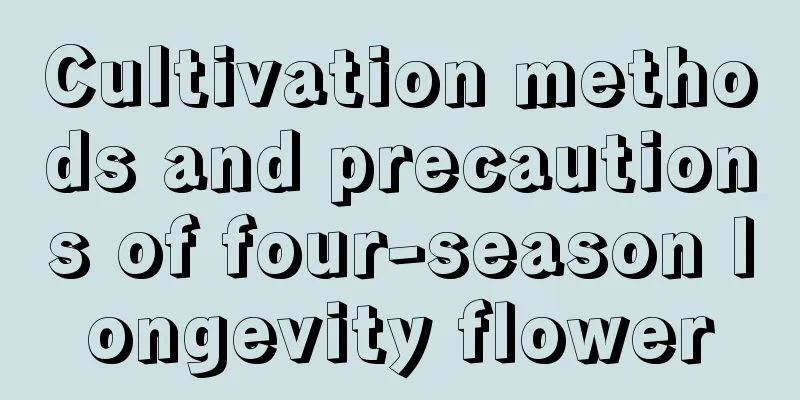How to maintain chocolate succulent

Chocolate Succulent Growing ConditionsChocolate succulent needs sufficient sunlight during its growth process, especially in spring, autumn and winter, which is its growing season. It needs full sunlight, but in summer it needs proper shade and cannot be exposed to strong sunlight. It likes a humid growing environment and needs to be watered in time. How to grow chocolate succulentChocolate succulent likes light, so when caring for it, it needs sufficient light environment and the amount of watering should be controlled at normal times. Although it likes a slightly humid growing environment, it cannot cause water accumulation. It also needs to have a suitable growth temperature during maintenance, and the temperature needs to be kept between 10-30 degrees. Chocolate succulent wateringThe chocolate succulent does not have a very high demand for water. Normally, you just need to keep the soil slightly moist. In summer, you also need to control the amount of water appropriately. Fertilizing Chocolate SucculentDuring the maintenance process of chocolate succulent, the demand for fertilizer is not very high, and the amount required is relatively small. Generally, fertilizers mainly containing potassium are used. Chocolate succulent pest controlDuring the maintenance process of chocolate succulents, diseases and pests will occur. In order to avoid affecting its growth, it is necessary to increase the humidity of the environment in time and use pesticides. How to grow chocolate succulent at homeWhen caring for chocolate succulents indoors, it is best to place them on the balcony for care, and provide them with a dry environment and sufficient sunlight. They should also have good ventilation to avoid a stuffy environment, and should be watered and fertilized in time so that they can grow well. Chocolate succulent care precautionsWhen caring for chocolate succulents, they need a suitable growth temperature environment. When it is hot in summer, they need to be shaded in time to avoid sunburn. In winter, they need to be moved indoors for maintenance. |
<<: What fertilizer is best for asparagus fern?
>>: What fertilizer is best for hibiscus flowers?
Recommend
Treatment for yellowing leaves of Areca palm, what is the cause of yellow leaves
1. Increase humidity Reason: The growing environm...
How to prune freesia
1. Pinching and topping Freesia grows tall easily...
Reasons for yellow leaves of roses
1. The sun is too strong 1. Reason: Rose prefers ...
How to prune calla lilies
1. High requirements for pruning It has relativel...
How to plant hydrangea in autumn
1. Select the variety Regardless of when you plan...
Breeding methods and precautions of black plum
1. Maintenance methods 1. Temperature: It is a hy...
Why does bayberry bloom but not bear fruit?
1. It is a male tree There are both male and fema...
How to Plant a Banana Tree
1. Planting method Use a tool to cut off the unde...
What are the cultivation methods and precautions of Sansevieria trifasciata
Cultivation method of Sansevieria trifasciata The...
How to care for the succulent plant Angel's Tears
soil Angel's Tears likes loose, breathable an...
After cutting off 90 out of 100 flower buds, his wife wanted to beat him to death, but she was very happy one month later!
Camellia buds Why do we need to thin out the buds...
Can ranunculus be grown indoors?
1. Can be planted Although anemone is poisonous, ...
Will the green radish continue to grow if its leaves are cut off?
1. Will it grow longer? Generally speaking, the g...
No pressure to grow flowers outdoors in winter, these 6 kinds of flowers become redder the colder they get!
camellia There is no pressure to grow camellia in...
When does morning glory bloom?
Morning glory is one of the common roadside wild ...









